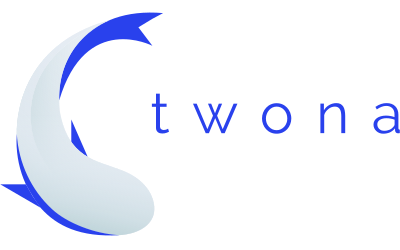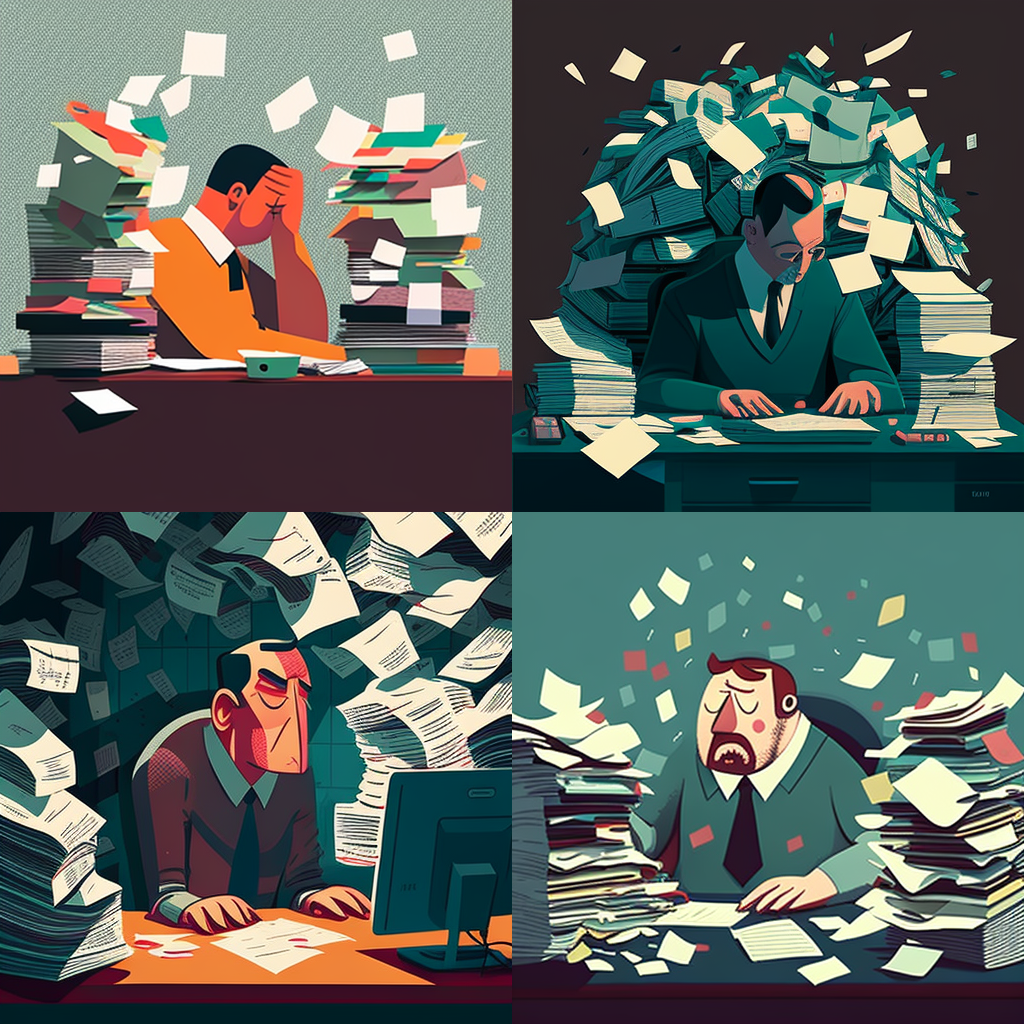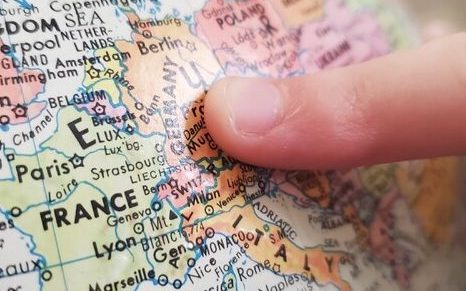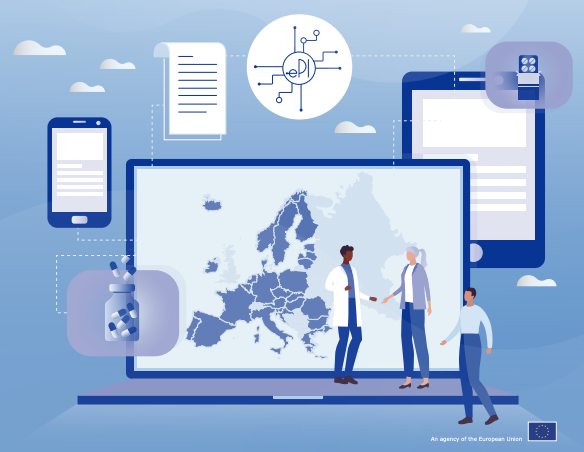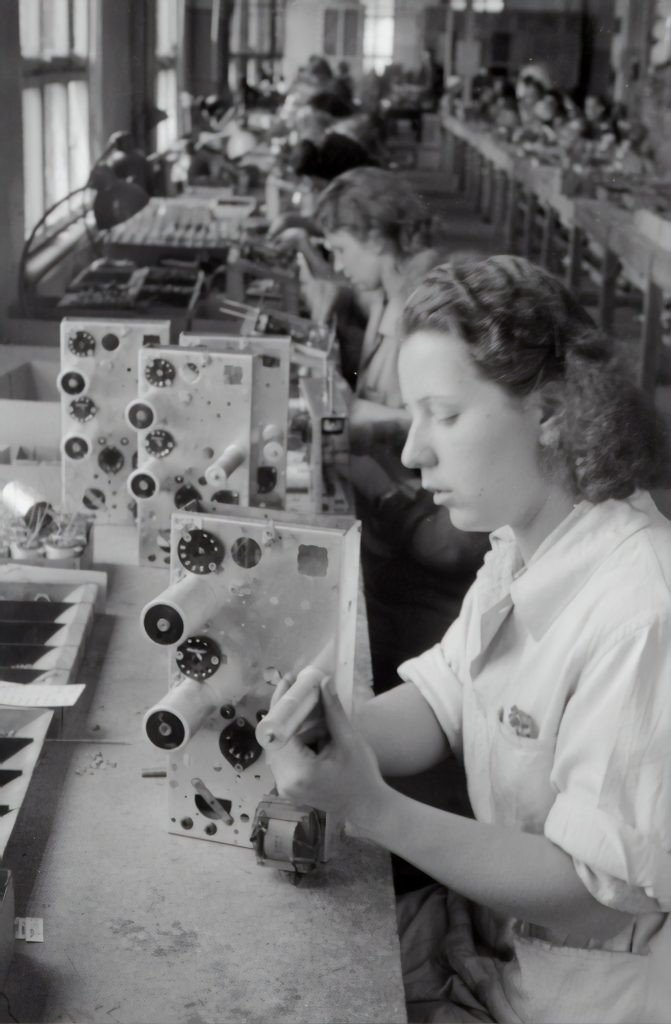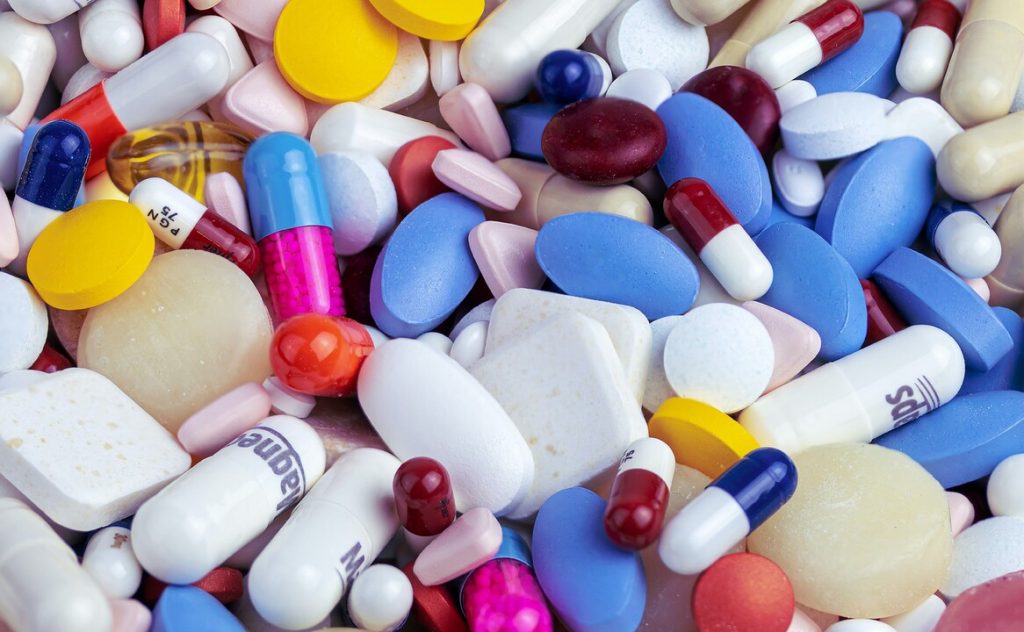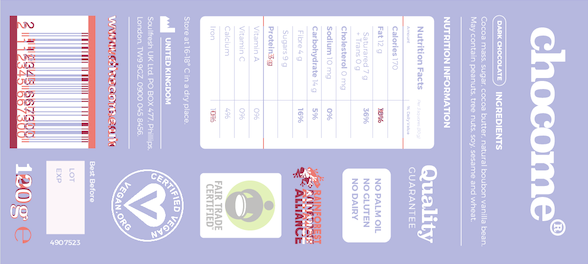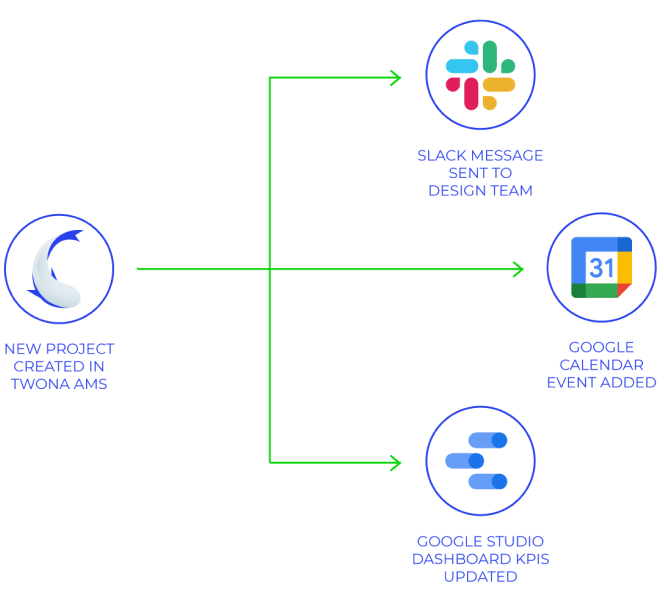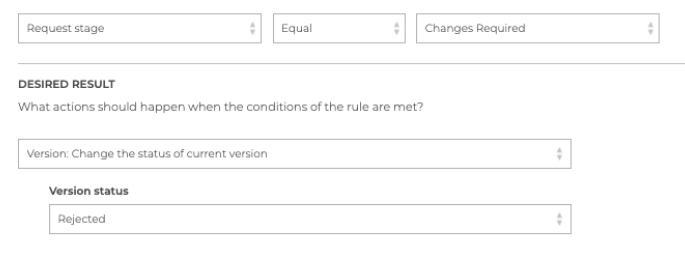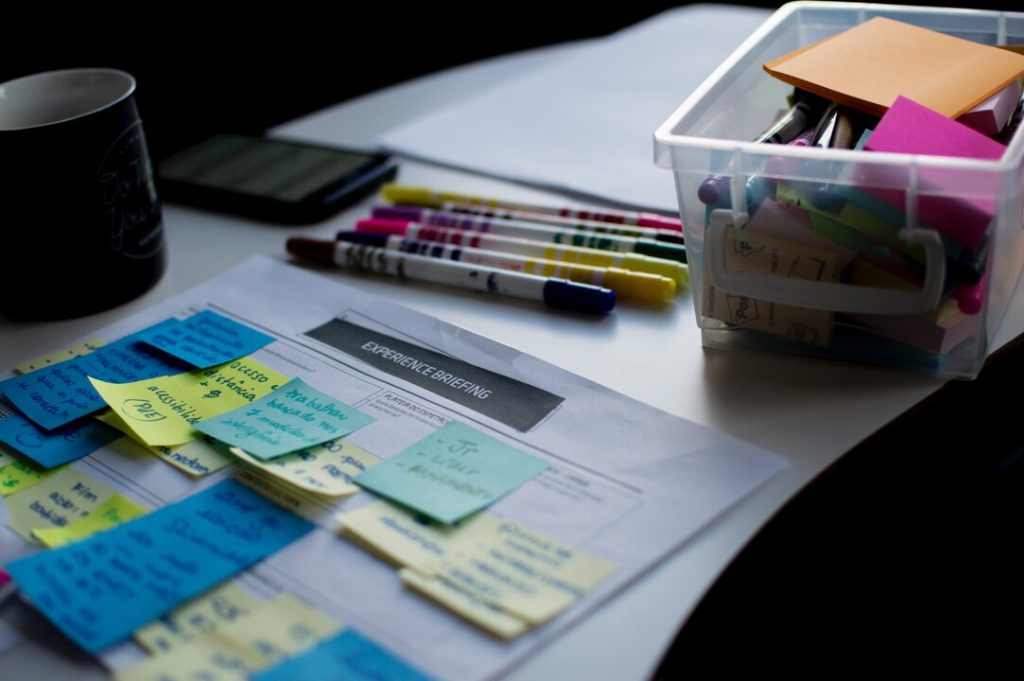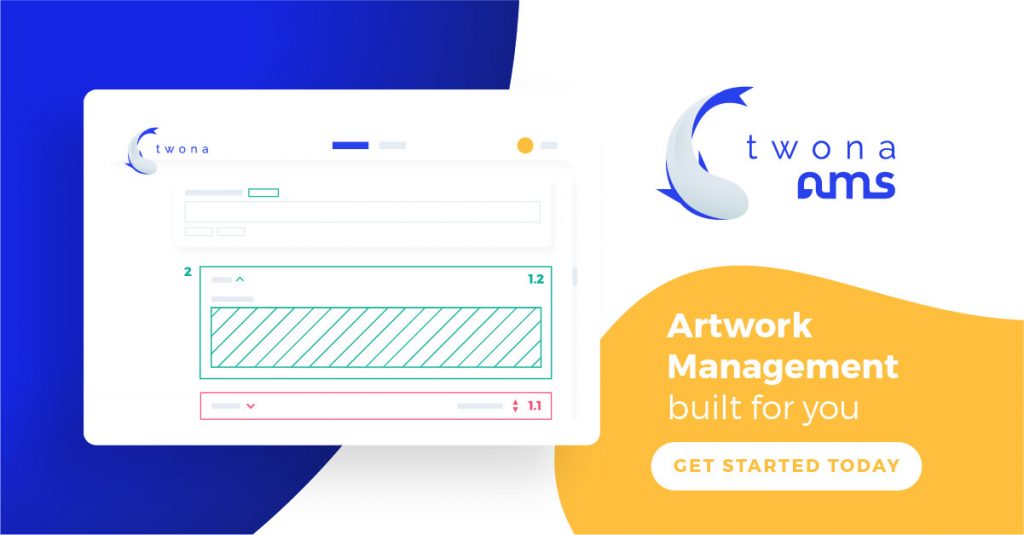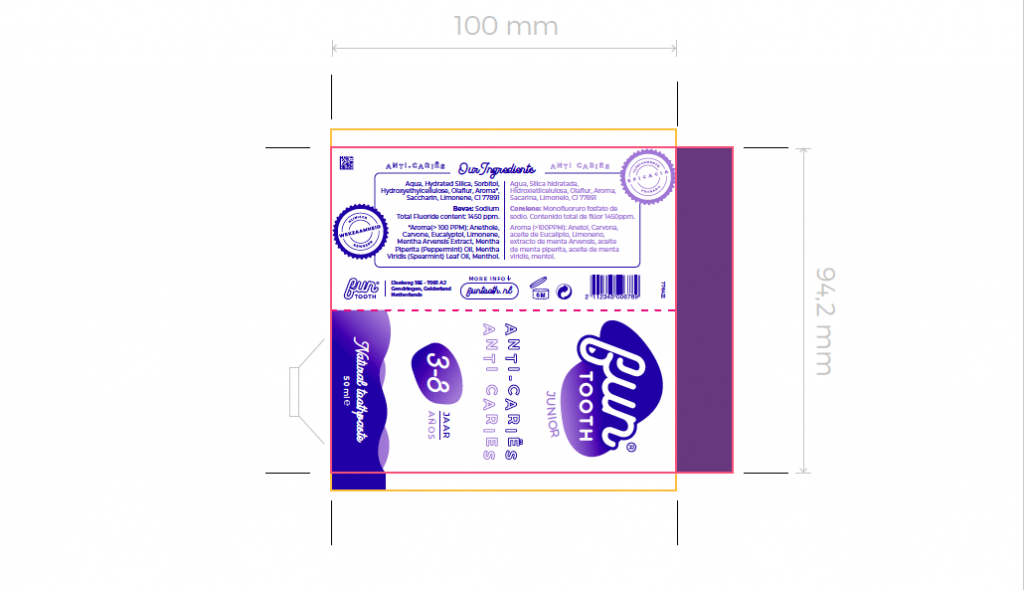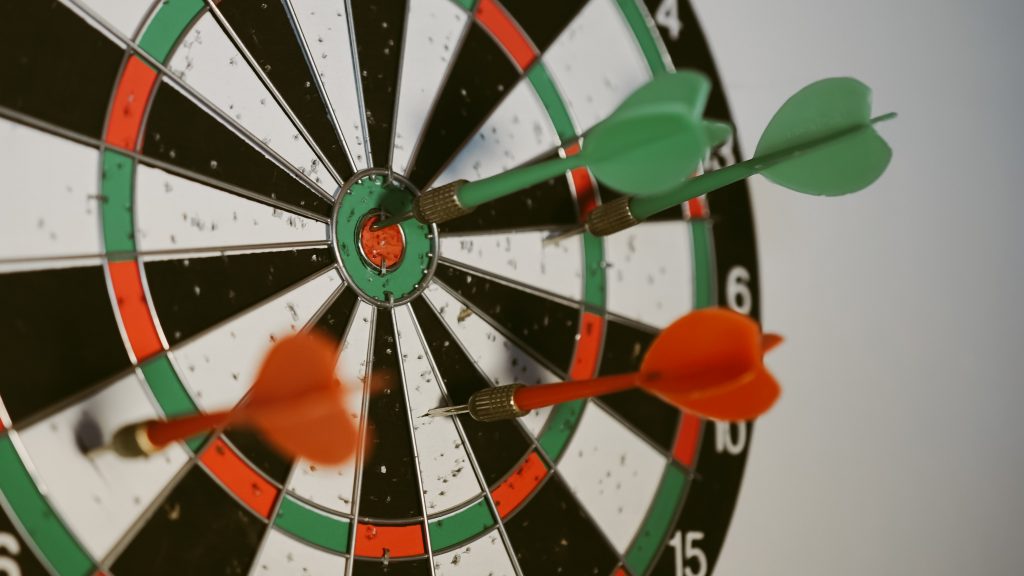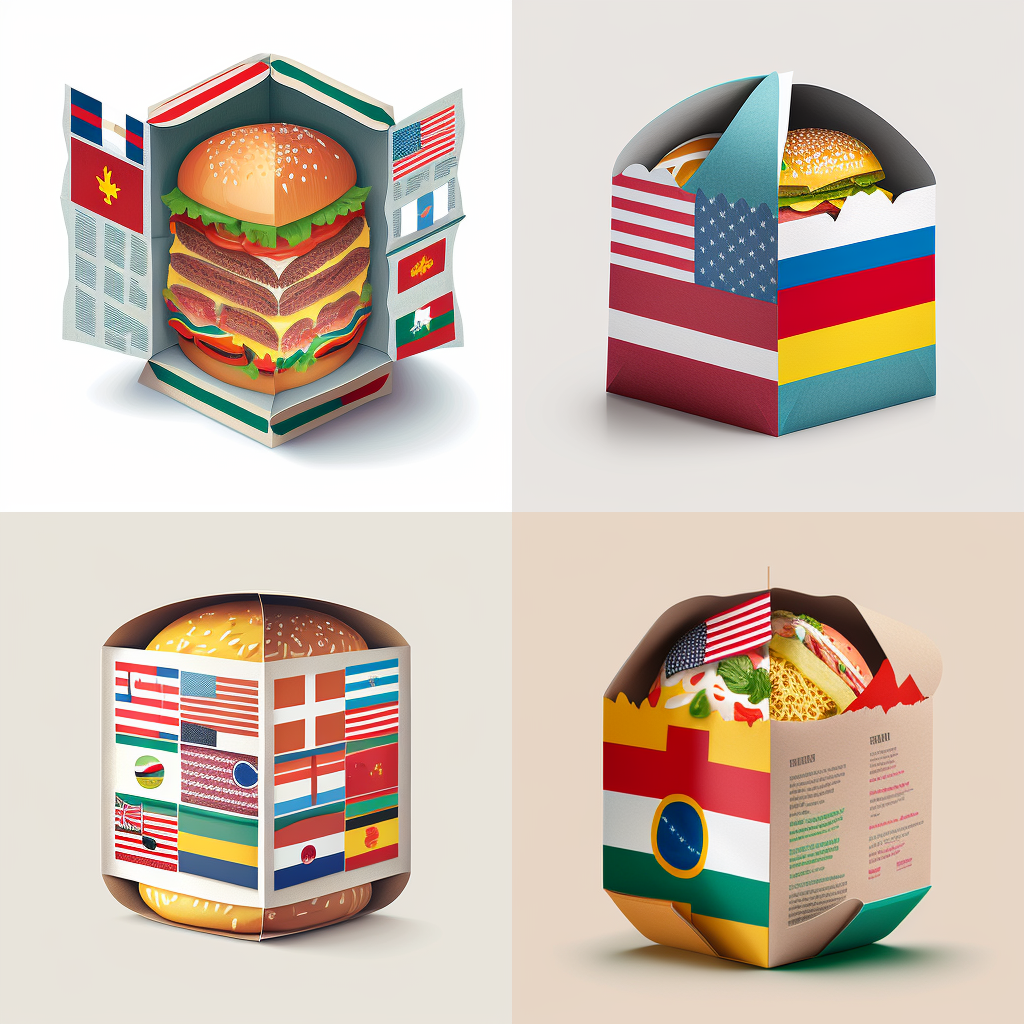
Creating and managing packaging materials for the food industry can be a complex and challenging task, especially when the products are going to be commercialised in many countries. Two of the main challenges include compliance with regulations and cultural differences. Not to mention the complexity in managing multiple packaging materials in the factory.
Compliance
Compliance with regulations is a major challenge when creating and managing packaging materials for the food industry. Different countries have different regulations regarding food packaging, including labelling requirements, food safety standards, and environmental regulations. This can make it difficult for companies to create packaging that meets the requirements of all the countries where their products will be sold. Additionally, these regulations are constantly evolving and companies need to stay up-to-date with the latest changes in order to remain compliant.
Cultural Differences
Cultural differences are another major challenge when creating and managing packaging materials for the food industry.
Different cultures have different tastes and preferences when it comes to food, and this can impact the design and messaging of the packaging. Companies need to take these cultural differences into account when creating packaging that will appeal to customers in different countries. For example, a packaging design that is popular in one country may not be well-received in another country due to cultural differences.
The multi-language setup also influences the complexity of creating and managing packaging materials for the food industry. Companies need to create packaging that includes translations of all the text, which can be a time-consuming and costly process. Additionally, the translations need to be accurate and culturally appropriate in order to avoid any misunderstandings or offence. Consistency in look, message and tone should also be considered when selling across borders.
How can you improve this?
One key advice to improve this process is to work with a professional translation agency that specialises in the food industry. These agencies have experience translating food packaging and can ensure that the translations are accurate, culturally appropriate, and compliant with regulations. Additionally, they can help companies stay up-to-date with the latest changes in regulations and cultural trends in different countries.
Another advice is to work with an agency or studio, or independent artwork designer, who is experienced in the production of multi-language packaging materials. These professionals would be able to create, edit, and review materials in different languages, as well as different alphabets before they reach your internal review teams.
Ideally, these two are working together or at least, are in contact, to speed the final delivery of correct packaging information and its formatted result for printing purposes.
And you, how do you manage your multilingual packaging projects?
